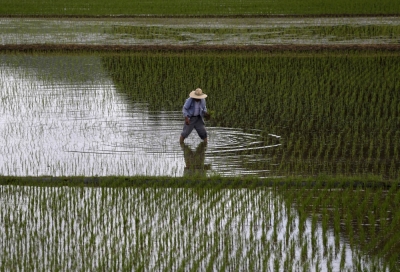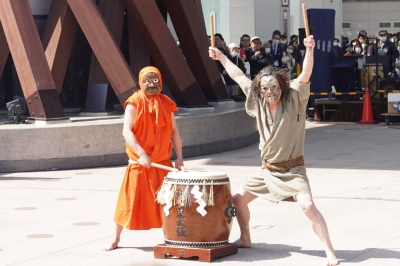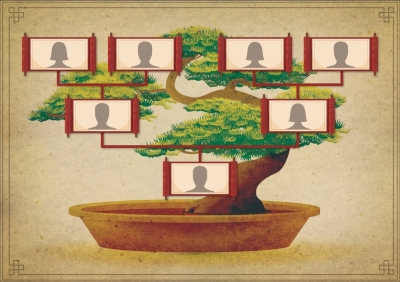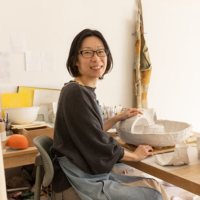THE ASIAN BOOKSHELF
Nov 25, 2007
Nov 11, 2007
Nov 4, 2007
Oct 28, 2007
Oct 14, 2007
Oct 7, 2007
Sep 30, 2007
Sep 23, 2007
Sep 16, 2007
Sep 9, 2007
Sep 2, 2007
Aug 26, 2007
Aug 19, 2007
Aug 12, 2007
Aug 5, 2007
Jul 29, 2007
Jul 22, 2007
Jul 15, 2007
Jun 17, 2007














